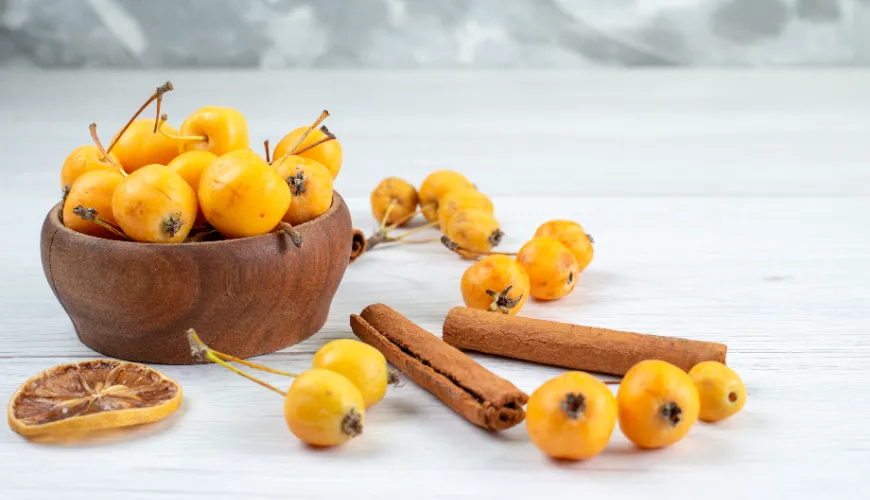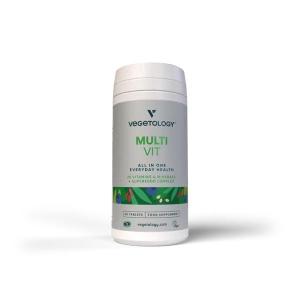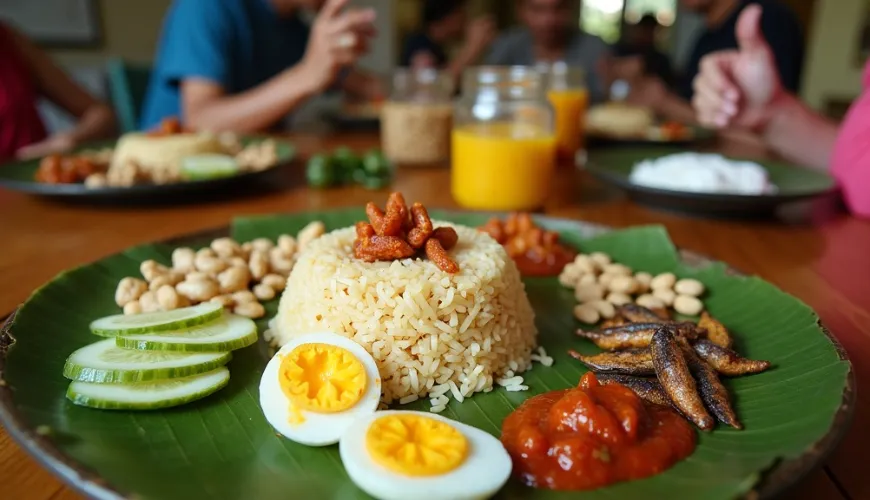
Try zucchini dumplings without flour and you'll fall in love with them

Zucchini Dumplings Without Flour - A Light and Healthy Alternative to a Slovak Classic
Traditional Slovak dumplings are usually made from potatoes and flour, but in recent years, their healthier and more modern versions have gained popularity. One of these is zucchini dumplings without flour, which not only delight lovers of lighter meals but also offer an interesting way to utilize zucchini surpluses from the summer harvest. For those looking for low-carb meal options or trying to limit gluten, this is an ideal solution.
Why Zucchini?
Zucchini is a small miracle in the kitchen. It has a mild flavor, easily combines with other ingredients, and is almost always available. It is rich in water, fiber, vitamins, and minerals – especially potassium, which helps maintain normal blood pressure. Moreover, it is very low in calories – approximately 17 kcal per 100 grams.
Try our natural products
Using zucchini as a replacement for flour or pasta has become a popular trend among proponents of low-carb diets, raw food, and veganism. When prepared correctly, it remains moist and holds its shape – an ideal combination for unleavened dumplings and gnocchi.
Considering that zucchini grows like weeds and is present in every other garden during the summer months, it also makes sense from the perspective of sustainable cooking. Using seasonal ingredients and replacing them with industrially processed foods is one step towards a healthier and more ecological lifestyle.
How to Make Dumplings Without Flour?
Although the term "without flour" might seem a bit unusual in the context of dough, zucchini dumplings manage this approach with ease. The secret lies in the correct dough consistency, which can be achieved by combining grated zucchini, eggs, and natural binders. Sometimes chia seeds, flaxseed, or a bit of psyllium are added – ingredients that can bind water and firm the dough structure.
A suitable alternative can also be finely ground oats or coconut flour, if it's not a strictly flourless version. The important thing is to maintain the principle – avoid white wheat flour and prefer natural, whole ingredients.
The preparation method does not differ much from traditional dumplings. The dough is pressed through a sieve or a special dumpling maker directly into boiling water. The dumplings are cooked for a few minutes until they float to the surface, then drained.
In reality, it's a very simple recipe that can be adapted according to taste and dietary restrictions. Vegetarians can combine it with sour cream or bryndza, while vegans might opt for plant-based yogurt or tofu. And for those who want to avoid dairy completely, sautéed onions or garlic with vegetables will suffice.
A Kitchen Story - When Zucchinis Overgrow
A family in the Vysočina region has been growing zucchinis for several years. This year, however, their garden was particularly generous – zucchinis grew like crazy. Every day, two or three new ones appeared, and within two weeks, they didn't know what to do with them. Preserves, soups, vegetable pies – nothing appealed to them anymore. Until one day, the idea came: to try making a healthier version of dumplings.
They grated the zucchinis, squeezed out the excess water, added home-grown eggs, a pinch of salt, a bit of dry-ground sunflower seeds, and went for it. The result surprised not only with its taste but also with how well the dumplings held together. With a bit of garlic and spinach, they became the hit of the week – and a few days later, the recipe was spreading among neighbors.
Such situations show that even simple ingredients, which might otherwise end up in the compost, can be turned into a meal that is nutritious, tasty, and sustainable.
What to Add to Zucchini Dumplings?
Zucchini dumplings are neutral on their own and can be easily combined with various ingredients. Here are a few popular variations to enhance them:
- Bryndza and cracklings – a traditional Slovak combination that can be made healthier by using quality farmer's bryndza and plant-based cracklings from smoked tempeh.
- Sautéed mushrooms with onions – ideal during mushroom season.
- Vegan cashew cream with herbs – great as a cheese sauce substitute.
- Wild garlic or basil pesto – adds a fresh taste and green color to the dumplings.
- Roasted vegetables – zucchini dumplings serve as a base for creative vegetable bowls.
It's all about not being afraid to experiment. Zucchini dumplings work great as a side dish to stewed meat or as a main dish combined with a fresh salad.
When Healthy Also Means Tasty
Many people still have the ingrained idea that a healthier version of classic dishes cannot be as tasty. But as nutritionist Jana Černá says: “Healthy food is not a punishment. It’s a way to feel good every day."
And zucchini dumplings without flour are an example of how compromises don’t have to taste like compromises. On the contrary, they can offer lightness, diversity, and surprisingly rich flavor that successfully competes with classic versions.
Moreover, it is a dish that is naturally gluten-free (if no grain alternatives are added), making it suitable for celiacs or those who wish to avoid gluten. It can be prepared in vegetarian, vegan, or paleo versions.
Whether zucchini dumplings are part of a larger dietary change or just a summer menu addition, they have much to offer – simplicity, nutrition, and room for creativity.
In a time when more and more people are interested in what they eat, where their food comes from, and how it affects their health and the environment, dishes like this take on a new significance. It's no longer just about a recipe but about a stance on food, nature, and oneself.
So why not try something different tonight? While zucchinis might not have the marketing pull of avocados or quinoa, they deserve their place of honor in the kitchen. And with a bit of imagination, they can become meals that delight not only the stomach but also the conscience.




